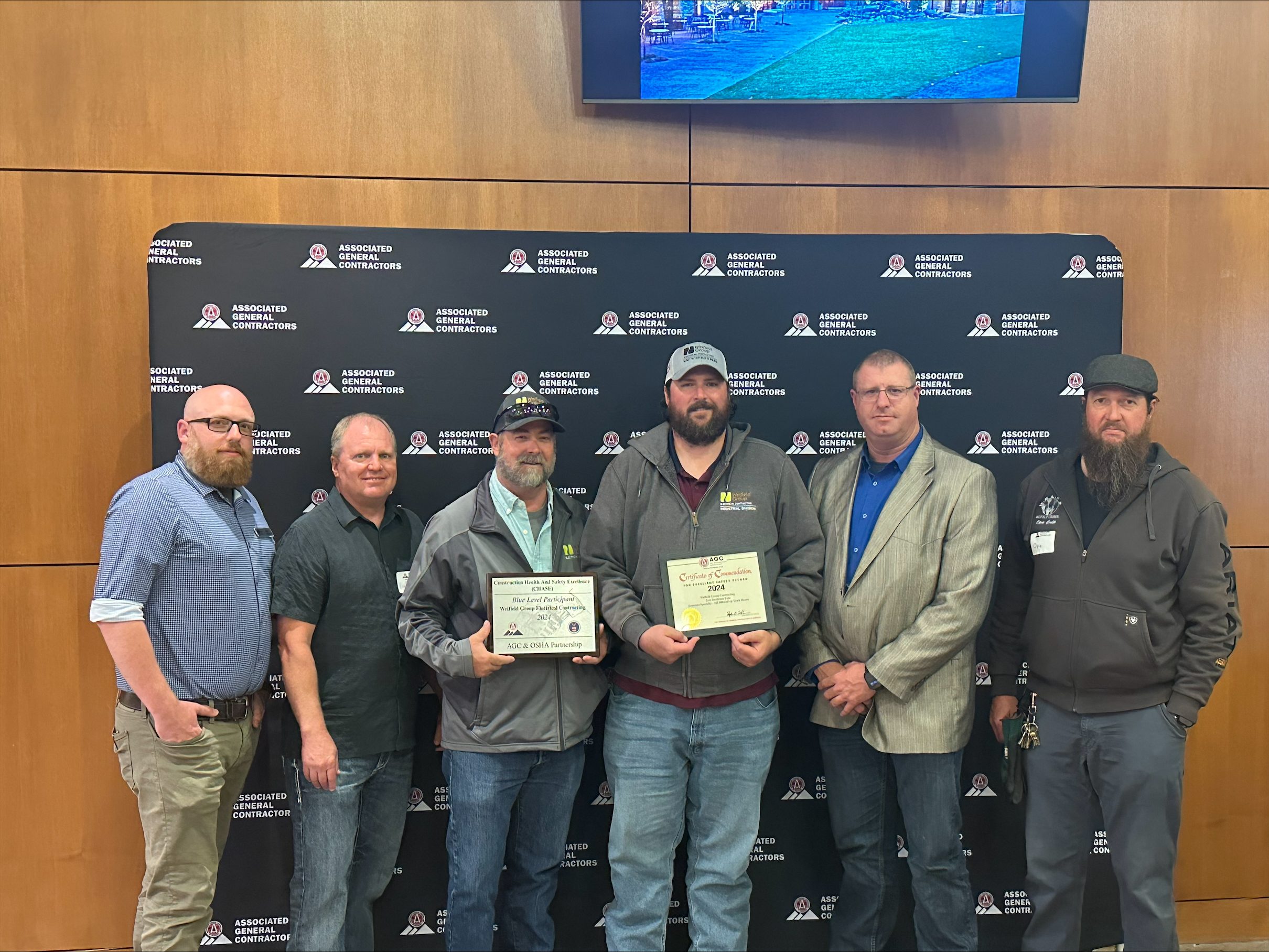The health and safety of our workforce is our highest priority—especially as our tradesmen and women are exposed to the elements and can work under high-temperature conditions. This resource is intended not only for our internal teams but also to inform and educate others in the construction industry about best practices for managing heat-related risks on the job site.

Monitoring Heat Conditions
When temperature and humidity combine to produce dangerous conditions, the effect on the human body can be extreme. We will use the following table to determine the severity of the heat index. This should be used alongside the OSHA/NIOSH Heat Index mobile phone application.
To combat these dangers, we employ a combination of engineering and administrative strategies to reduce heat exposure:
- Cooling trailers and shaded rest areas are available at all active sites
- Fans and increased ventilation support airflow in work zones
- The use of mechanical equipment such as forklifts and conveyors minimizes manual labor
- Work schedules are modified during periods of high heat, with a particular focus on acclimatizing new employees
- Hydration protocols include readily available ice, water, and electrolyte beverages on site
Acclimatization Schedules
New and existing employees follow structured acclimatization schedules and additional precautions to allow the body to adapt to elevated temperatures.
- Implement a buddy system for new workers and in heat stress environments, and adjust shifts for new and unacclimated workers.
- Mandatory rest breaks are required in a cooler environment, with longer breaks as heat stress increases.
- Consider scheduling work during cooler times of the day, and rotate job functions among workers to reduce exertion and heat exposure.
- Ensure workers drink adequate water or electrolyte fluids and avoid hot beverages during breaks. Increase access to ice and cold water for installers.
- Have an emergency plan for heat-related illness and ensure medical services are available.
- Workers should watch for signs of heat-related illness in each other and be prepared to administer first aid, including potential physiological monitoring.
Personal Protective Equipment (PPE)
While engineering and administrative controls remain the first line of defense, personal cooling PPE is also utilized in extreme conditions, including:
- Reflective clothing and helmet inserts
- Cooling vests (evaporative or ice-pack based)
- Cooling neck wraps
It is also important to recognize that certain types of PPE may increase heat stress, and precautions are taken accordingly.
Emergency Procedures
In the event of a heat-related incident, ensure that:
- Emergency medical services are contacted immediately.
- The affected worker is moved to a shaded or cooled area and treated with instant cold packs placed under the armpits, around the neck, and at the groin
- Temperature checks and symptom monitoring are conducted regularly
- All employees are trained in recognizing signs of heat stress and administering first aid
Work Schedule Adjustments Based on Heat Index
Our operational guidelines include specific work/rest ratios based on temperature thresholds. For example:
- At a “feels like” temperature of 95–100°F, an adjusted work cycle is followed.
- Once temperatures exceed 106°F, work is significantly reduced or ceased altogether, and only critical tasks may be performed under strict oversight.
Standard Operating Procedures (SOPs)
To ensure consistency and preparedness:
- Daily heat index evaluations are conducted before work begins.
- Early start times are adopted to avoid peak heat hours.
- Materials are staged before danger periods.
- Supervisors use audible cues (e.g., air horns) to signal breaks.
- Crews are rotated to manage exertion and allow sufficient rest.
Proactively managing heat exposure is essential to protecting our crews and maintaining a safe, productive work environment.
Until next time… Work Safe and Be Safe!




